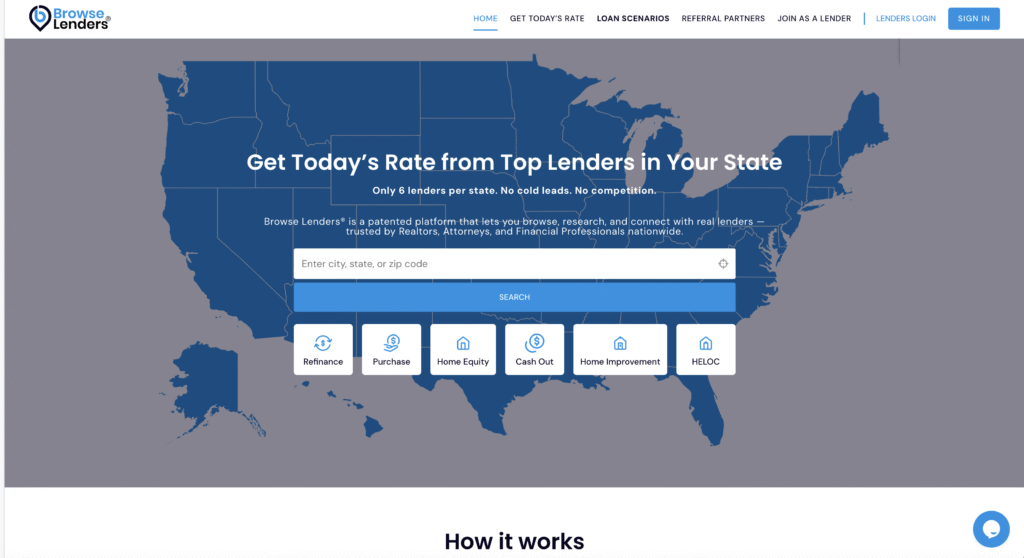Credit scores are one of the most important factors that lenders consider when deciding whether to approve or deny a loan application. A good credit score can open doors to better interest rates, higher credit limits, and more favorable loan terms. On the other hand, a low credit score can limit your options and make it more difficult to get approved for credit.
Credit scores are three-digit numbers that are calculated based on your credit report. The credit report is a detailed history of your credit accounts, including credit cards, loans, and other types of credit. The credit score ranges from 300 to 850, and the higher the score, the better.
There are several credit scoring models, but the most commonly used ones are FICO and VantageScore. Both models use similar criteria to calculate credit scores, such as payment history, credit utilization, length of credit history, types of credit used, and recent credit inquiries. However, each model may weigh these factors differently, resulting in slightly different scores.
While each of the three major credit bureaus – Equifax, Experian, and TransUnion – collect credit data from creditors, there is no single “middle” credit score. Rather, the middle credit score is the median score across all three bureaus. In other words, it is the score that falls right in the middle when you rank your three credit scores in numerical order.
With that in mind, let’s take a closer look at the five levels of credit scores, ranging from bad credit to excellent credit:
- Poor credit (300-579): A score in this range is considered “very poor” and will make it extremely difficult to get approved for credit. If you do get approved, you’ll likely face high-interest rates, fees, and unfavorable terms.
- Fair credit (580-669): A score in this range is considered “fair” and may qualify you for some credit products, but you’ll still face higher interest rates and less favorable terms compared to someone with good or excellent credit.
- Good credit (670-739): A score in this range is considered “good” and will open up more credit options with better terms and interest rates.
- Very good credit (740-799): A score in this range is considered “very good” and will qualify you for even better terms and interest rates on credit products.
- Excellent credit (800-850): A score in this range is considered “excellent” and will open up the best credit products and terms available.
Improving your credit score takes time and effort, but it can be done. Here are some steps you can take to boost your credit score before you buy:
- Check your credit report: Before you start working on improving your credit score, you need to know what’s on your credit report. You can get a free copy of your credit report from each of the three credit bureaus once a year at annualcreditreport.com. Check your report for errors or inaccuracies that could be hurting your score.
- Pay your bills on time: Payment history is the most important factor in your credit score. Make sure you pay all your bills on time every month, including credit cards, loans, and other bills.
- Reduce your credit card balances: High credit card balances can hurt your credit score. Try to keep your balances below 30% of your credit limit.
- Don’t close old credit accounts: Length of credit history is also an important factor in your credit score. Keep your oldest credit accounts open, even if you don’t use them.
- Avoid new credit inquiries: Applying for new credit can hurt your credit score, especially if you have multiple inquiries in a short period of time.
In conclusion, understanding the five levels of credit scores and taking steps to improve your score are vital components to consistently improving your credit score. Without the proper knowledge of the components, it is impossible for lasting improvement of your credit.






